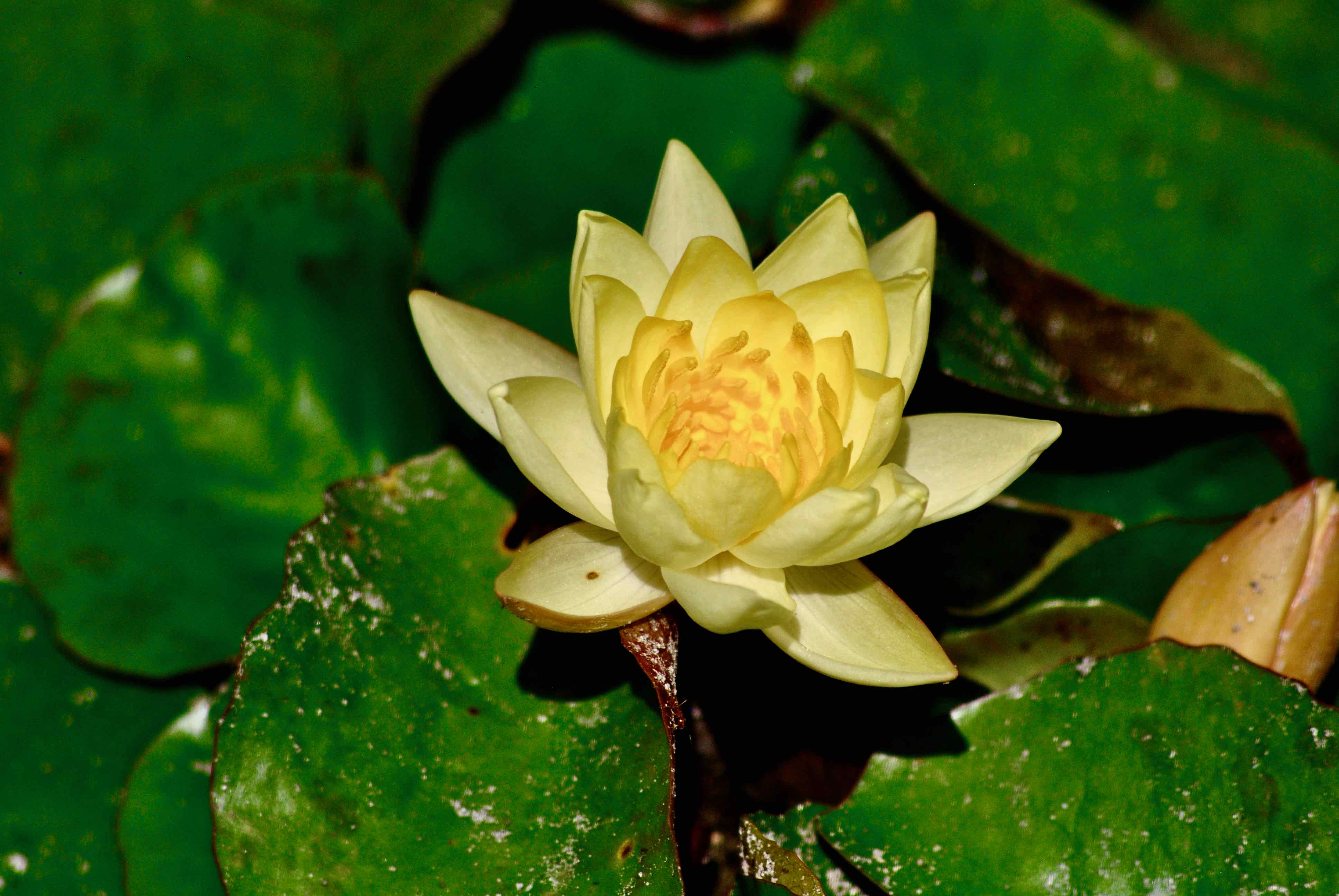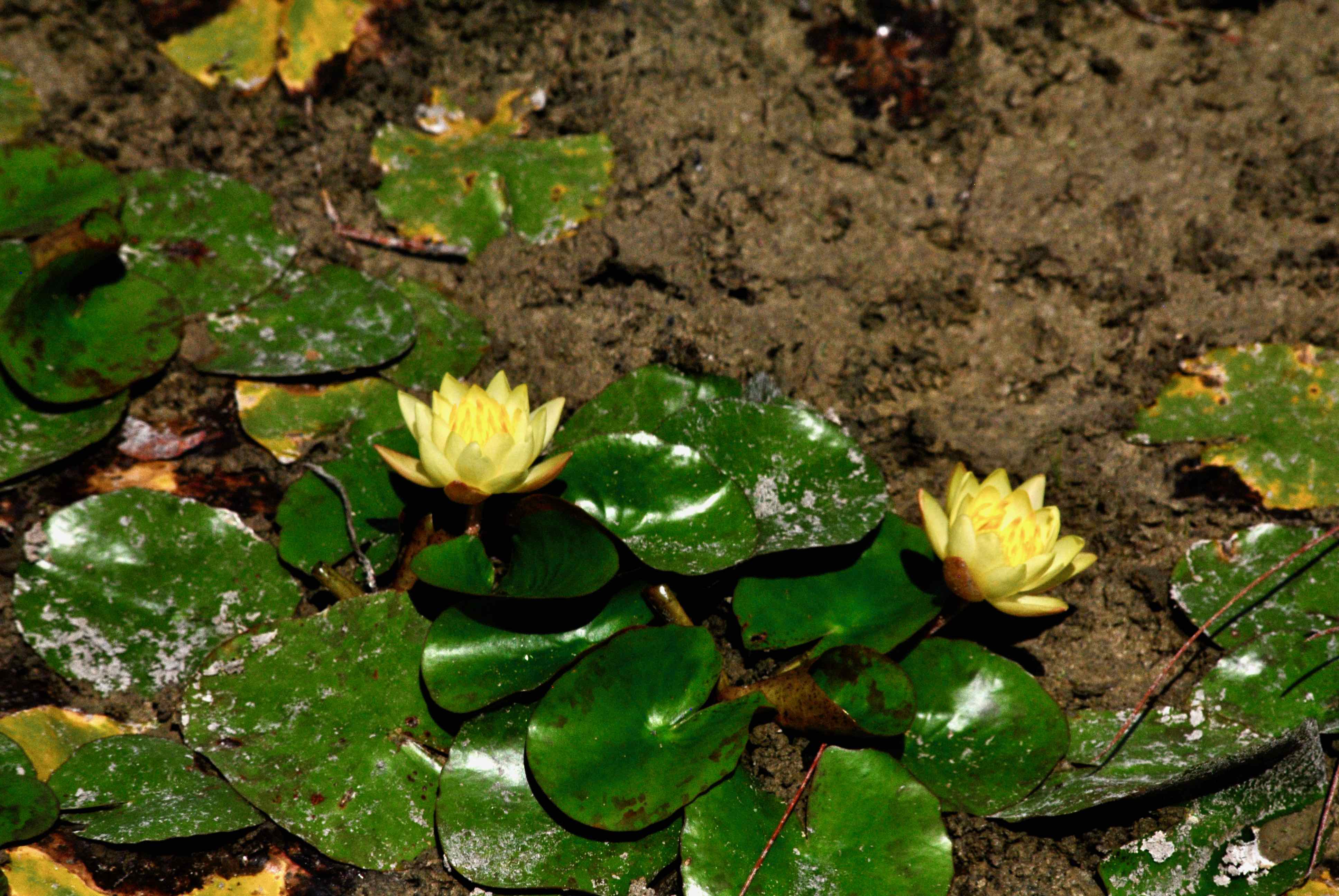
Yellow waterlily, photographed at Winding Waters Natural Area, West Palm Beach, Palm Beach County, in July 2015.
The story of the yellow waterlily, Nymphaea mexicana, proves once again that geography is destiny, or one person's flower is another's noxious weed.
Yellow waterlily was once common in Florida but its population has dwindled, displaced by the invasive water hyacinth. It's now rare, "critically imperiled" in South Florida. Efforts here are focused on preserving it. In California, yellow waterlily (called the banana waterlily out west) is considered a major pest. It's so abundant in places that it clogs waterways much the same as the water hyacinth does here. Efforts focus on getting rid of it. It's the same story in Australia and South Africa, where not only is it choking waterways, it's outcompeting native plants. Even here, the University of Florida advises that yellow waterlily be grown in pots to prevent it from taking over small ponds and water gardens.
As the name says, yellow waterlily is an aquatic plant, growing in ponds, lakes, rivers and canals. The yellow flowers bloom only in the afternoon, from spring to fall. It has large, thick, disk-shaped leaves, and roots that are shaped like little bananas — hence the other common name. Those roots are a favorite food of the canvasback duck, and the distribution map of the yellow waterlily closely follows the places where the duck spends the winter.
Yellow waterlilies are native to the southern tier of the United States, as far north as Oklahoma and North Carolina, and from the Atlantic to the Pacific, including California, according to the U.S. Department of Agriculture's PLANTS database. Some say it is an introduced plant in Cali.
It's also grows in British Columbia (introduced) and in Mexico (native). We've found references to it growing in Asia, Africa, Australia and the Pacific Basin, introduced to those regions as a cultivated plant that has escaped into the wild.
In Florida, it's found in scattered counties mostly in the Peninsula. It is extremely rare in South Florida, found in only three preserves, according to the Institute for Regional Conservation in Delray Beach. There's some doubt to whether it remains extant in at least one of them, Corkscrew Swamp Sanctuary.
Yellow waterlily is not widely used, if at all, by us humans for anything other than as a water garden plant. However, one scientific study found it contains phenols that have anti-inflamatory properties and might prove medically useful. Yellow waterlily is a member of Nymphaeceae, the waterlily family. It's also spelled yellow water-lily and banana water-lily.
Click on photo for larger image
Links for Yellow Waterlily



